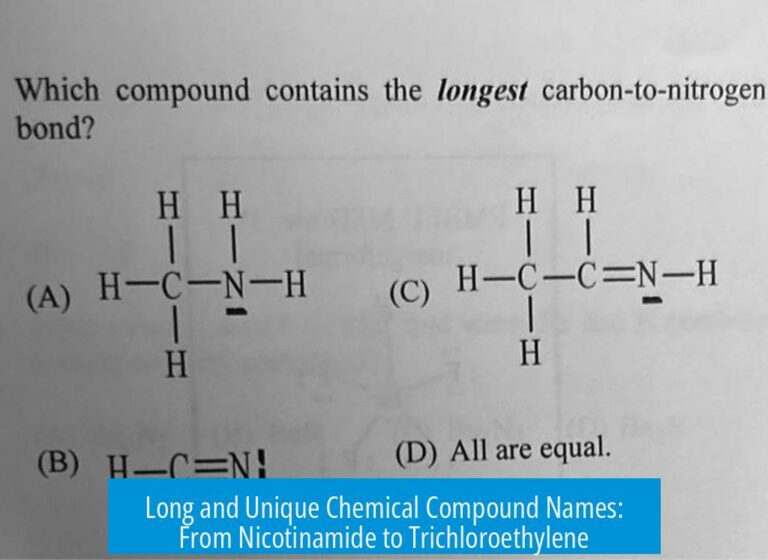Understanding the Difference Between Molecular Weight and Molar Mass

Molecular weight and molar mass refer to related but distinct concepts in chemistry, differing mainly in units and scale. Molecular weight is the mass of a single molecule measured in atomic mass units (amu), whereas molar mass is the mass of one mole of that substance expressed in grams per mole (g/mol).
Definitions and Units
Molecular Weight (MW) represents the mass of a single molecule. It is calculated by summing the atomic masses of all atoms in the molecule and is expressed in atomic mass units (amu).
Molar Mass (MM) is the mass of one mole, which is Avogadro’s number (6.022 × 1023) of molecules or formula units. It carries the same numerical value as molecular weight but uses grams per mole (g/mol) as units.
Numerical Relationship Between MW and MM
Both molecular weight and molar mass share the same numerical value for a given substance. For example, water has a molecular weight of approximately 18.015 amu and a molar mass of 18.015 g/mol.
| Property | Value for H2O | Units |
|---|---|---|
| Molecular Weight | 18.015 | amu |
| Molar Mass | 18.015 | g/mol |
Practical vs. Technical Perspectives
- From a practical standpoint, chemists often treat molecular weight and molar mass as interchangeable due to their numeric equivalence.
- Technically, molecular weight describes the mass of an individual molecule, while molar mass pertains to a larger scale – the mass of a mole of those molecules.
- Additionally, formula weight refers to the mass of a formula unit, generally used for ionic compounds and includes entities like waters of hydration.
Importance of Units
The key difference lies in units. Molecular weight uses atomic mass units because it relates to single molecules. Molar mass uses grams per mole, which connects microscopic quantities to measurable laboratory amounts.
Summary of Key Points
- Molecular weight: mass of one molecule, units in amu.
- Molar mass: mass of one mole of molecules, units in g/mol.
- Numerically equal values but different units.
- Formula weight applies to ionic compounds and formula units.
- Practically same for calculations; technically different concepts.
What is the difference between molecular weight and molar mass?
Molecular weight is the mass of a single molecule measured in atomic mass units (amu). Molar mass is the mass of one mole of a compound measured in grams per mole (g/mol). They share the same numerical value but use different units.
Are molecular weight and molar mass always numerically equal?
Yes. The numeric values of molecular weight and molar mass are the same. The key difference is their units: amu for molecular weight and g/mol for molar mass.
Why do scientists use different units for molecular weight and molar mass?
Molecular weight measures individual molecules and uses atomic mass units. Molar mass measures large amounts (moles) of those molecules and uses grams per mole for practical laboratory use.
Can molecular weight and molar mass values be used interchangeably?
Practically, yes. For many calculations, molecular weight and molar mass can replace each other since their numbers match, but you must consider units for clarity and accuracy.
How does formula weight differ from molecular weight and molar mass?
Formula weight refers to the mass of a formula unit, often in ionic compounds, including elements like waters of hydration. Molecular weight is for molecules, molar mass for moles.





Leave a Comment